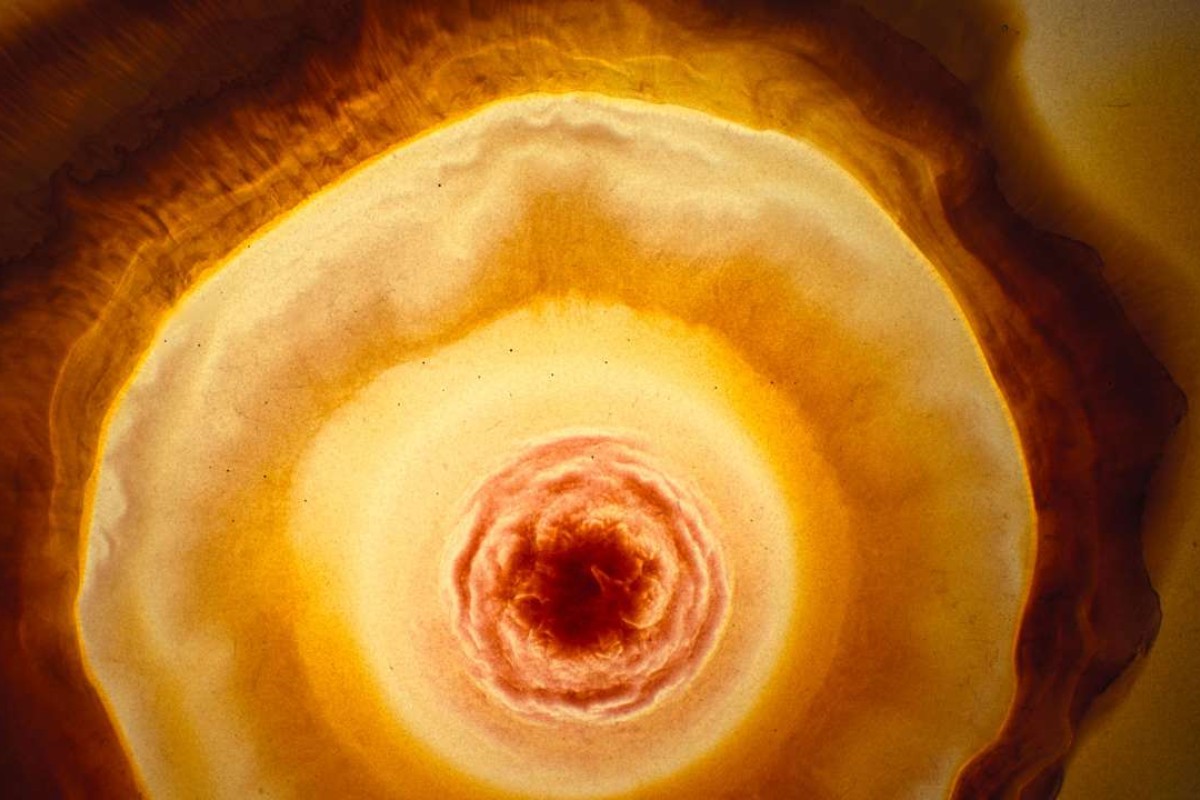 Solar energy circles. Photo: Wild Bunch Films / TNS
Solar energy circles. Photo: Wild Bunch Films / TNSDirector Terrence Malick spent four decades on his most ambitious film project yet, Voyage of Time: The IMAX Experience, a screen journey that begins with the Big Bang and glimpses earth’s eventual end.
It’s a 45-minute version with Brad Pitt narrating that was released earlier this month; the 90-minute version narrated by Cate Blanchett, Voyage of Time: Life’s Journey, is out in 2017. Each is filled with out-of-this-world imagery.
Here are five cosmic moments from the epic documentary:
Ocean jellyfish immersion
Swimming into a smack of jellyfish in IMAX format showcases the unique creatures that have been around for 500 million years. Malick insisted on wide-angle lens shots of everything from oceans to Hawaiian volcano eruptions to enhance the movie’s experiential feel.
“You get much closer to the action and sea life than with traditional documentaries shot with a long lens,” says visual effects supervisor Dan Glass.
Stars forming
Source images for the Milky Way’s Orion Nebula are the already-stunning shots from the Hubble Space Telescope. The filmmakers layered the nebulous gases and corresponding stars to immerse the viewer into the frame.
“This is where the stars themselves are born,” says Glass.
Cells splitting
Splitting enabled more complex life forms to evolve, and electron and traditional microscope shots were used to stay as factual as possible. A source of light was added, a Voyage of Time theme.
“Throughout the film, we’re often heading toward light almost in a beckoning way,” says Glass. “It’s like there’s something beyond that we cannot quite see or define.”
Consciousness of man
At one point, early man is depicted dealing with joy, death and self-realisation with a look in the water.
“When early man sees himself in the reflection, we see this species is self-regarding – we recognise ourselves,” says Andrew Knoll, professor of natural history at Harvard University and the film’s lead scientific adviser. “That snippet tells us something very important: this is one thing that makes us human.”
End of the earth
The stark scene represents a time in the “distant future when the sun has expanded and burnt off the earth’s atmosphere,” says Glass. The foreground is photographed from an actual desert scene with rock formations weathered by the wind. The sky was carefully removed and replaced, using computer graphics to fill out the destroyed atmosphere.
